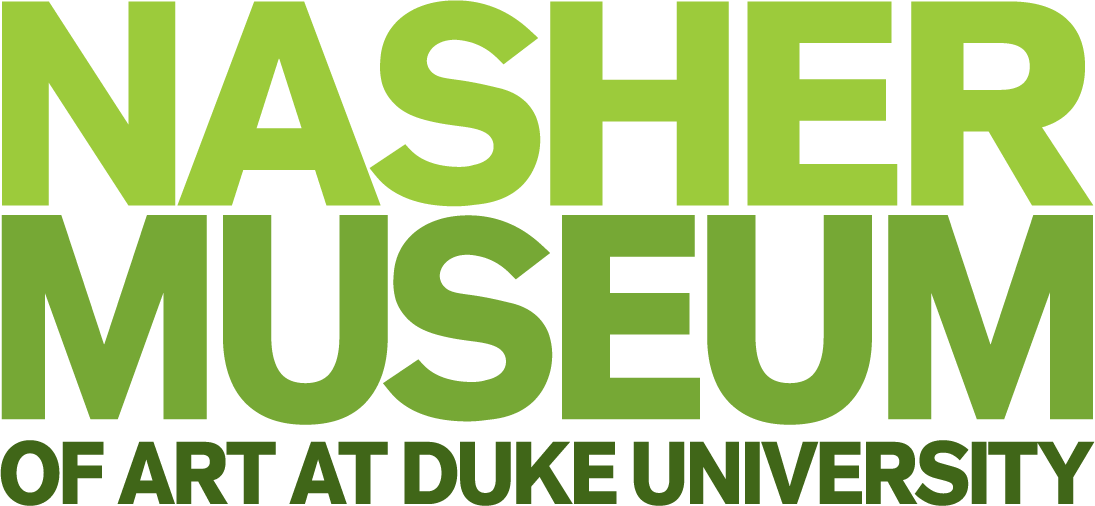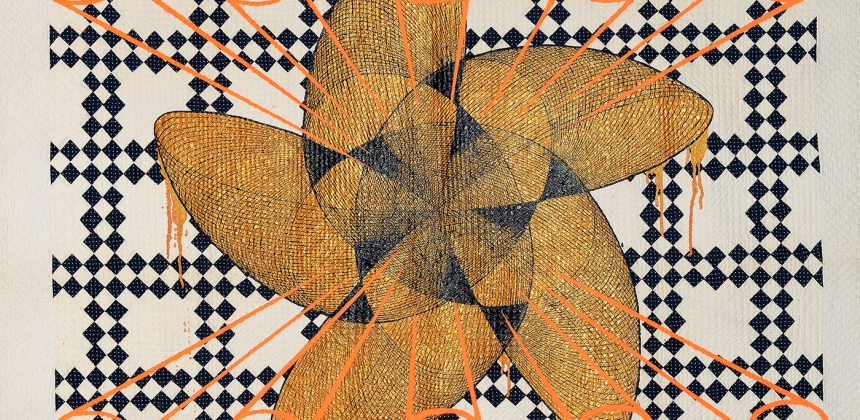
Several recent acquisitions boosted the museum’s fast-growing photography collection, including works by Zanele Muholi and Genevieve Gaignard, adding to existing works by those artists already in the collection. Other new acquisitions include photographs by Tseng Kwong Chi, William Ferris, Titus Brooks Heagins, André Kertész, Rebecca Lepkoff, Danny Lyon, Elizabeth Matheson and Tom Rankin. One highlight is a photograph by Gordon Parks, one of the most important U.S. photographers of the 20th century.
Invisible Man Retreat, Harlem, New York, a gelatin silver print from 1952, is the first work by Parks to enter the Nasher’s collection. Parks collaborated twice with his friend, Ralph Ellison, the celebrated novelist, on photo essays that addressed racial justice. In 1952, they created “A Man Becomes Invisible” for the August 25 issue of Life magazine, which helped promote Ellison’s new novel Invisible Man. Parks’s photograph, Invisible Man Retreat, Harlem, New York, was created for and reproduced in that essay. Parks created an imaginative rendering of Ellison’s protagonist sitting in his underground retreat, listening to Louis Armstrong on the turntable, surrounded by the warm glow of 1,369 light bulbs, as described by Ellison. The museum purchased this photograph from Jack Shainman Gallery in New York.

